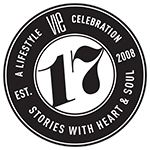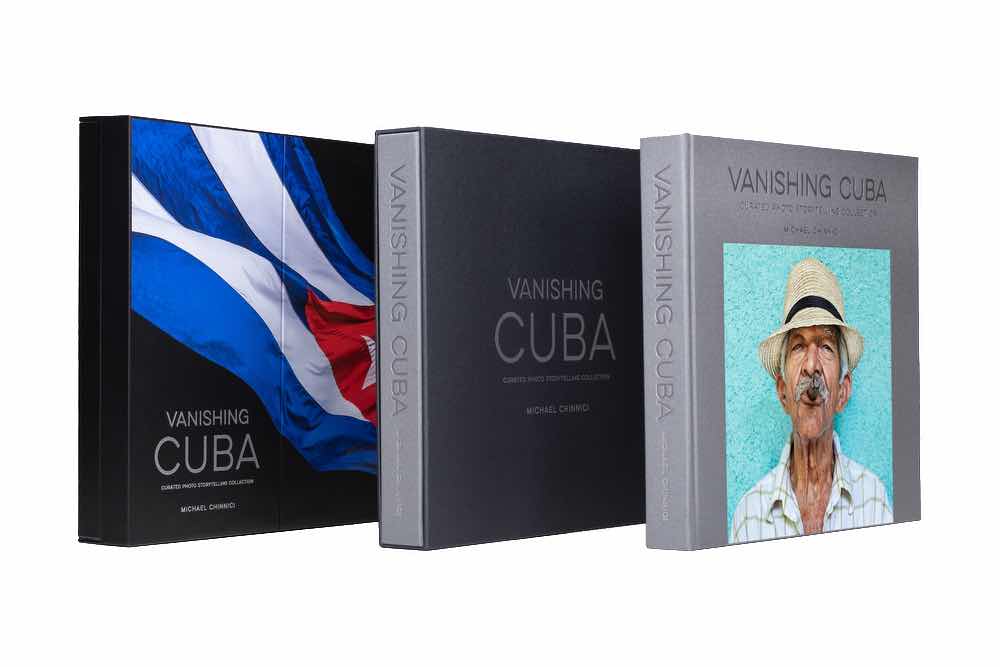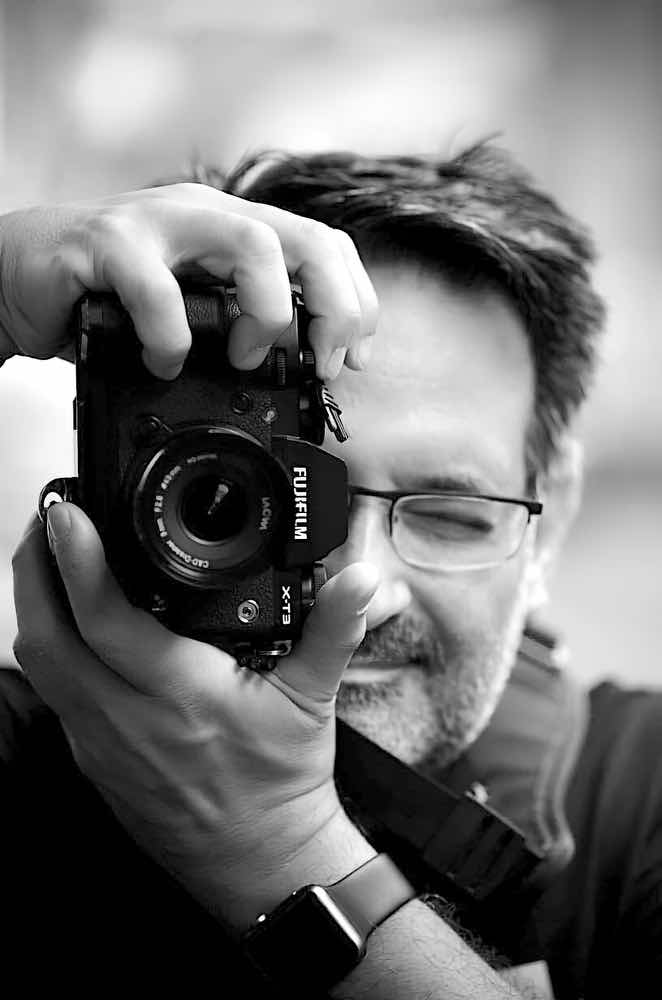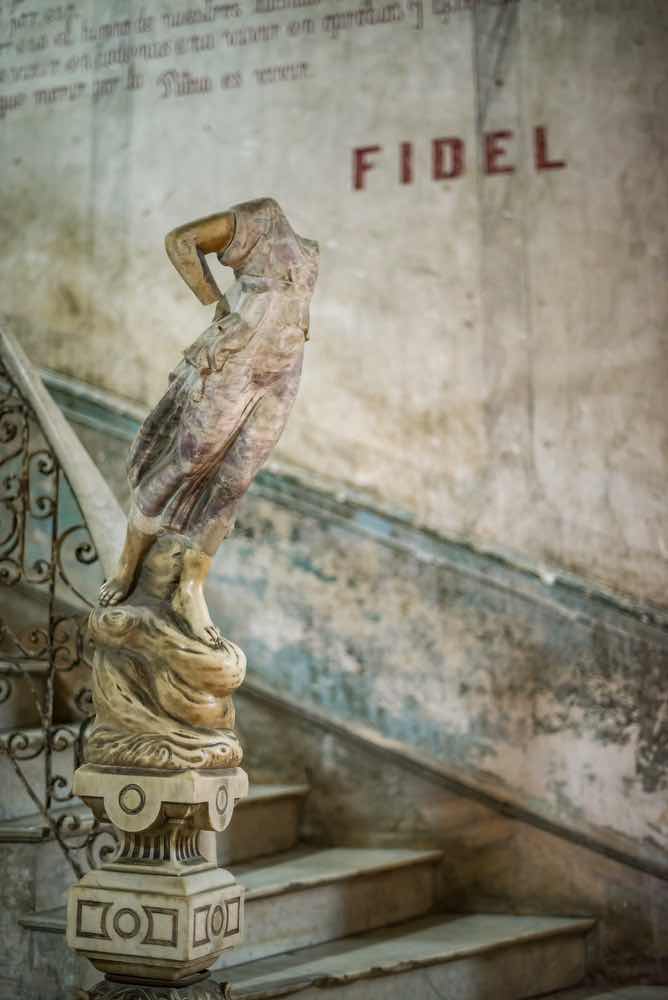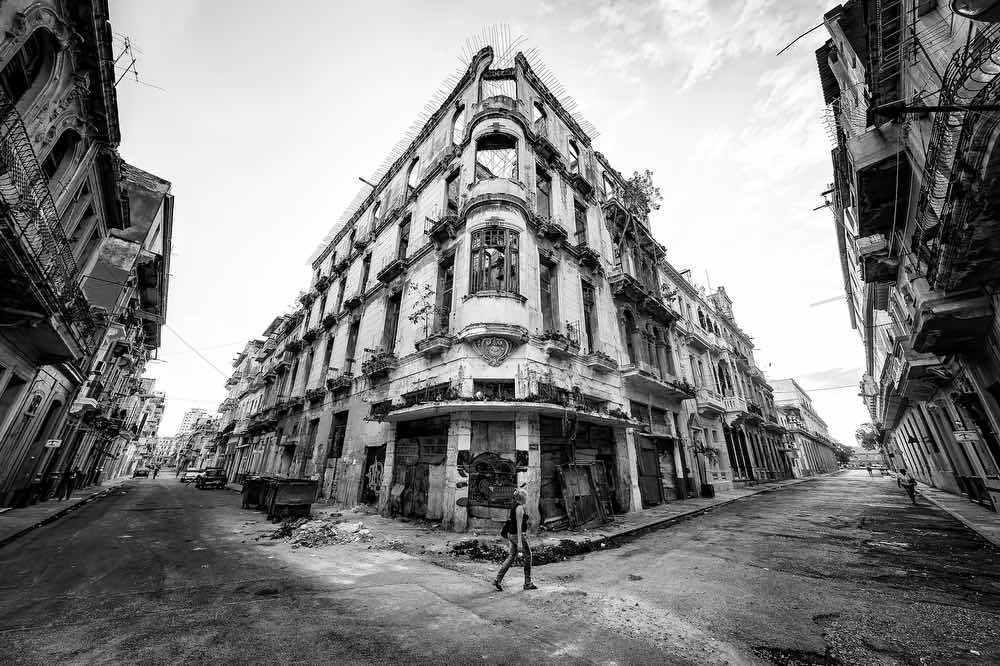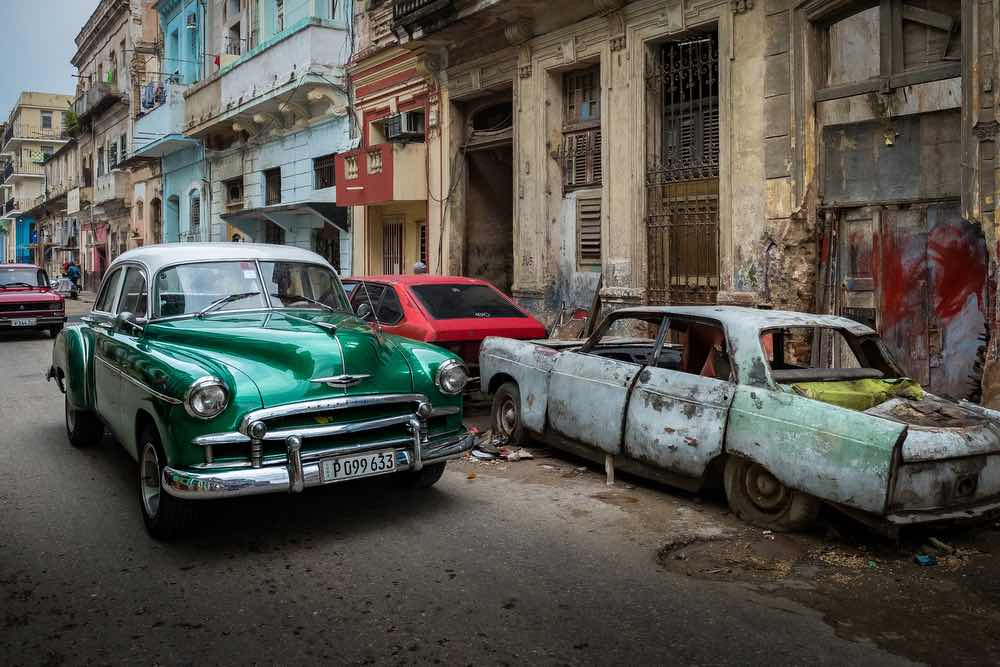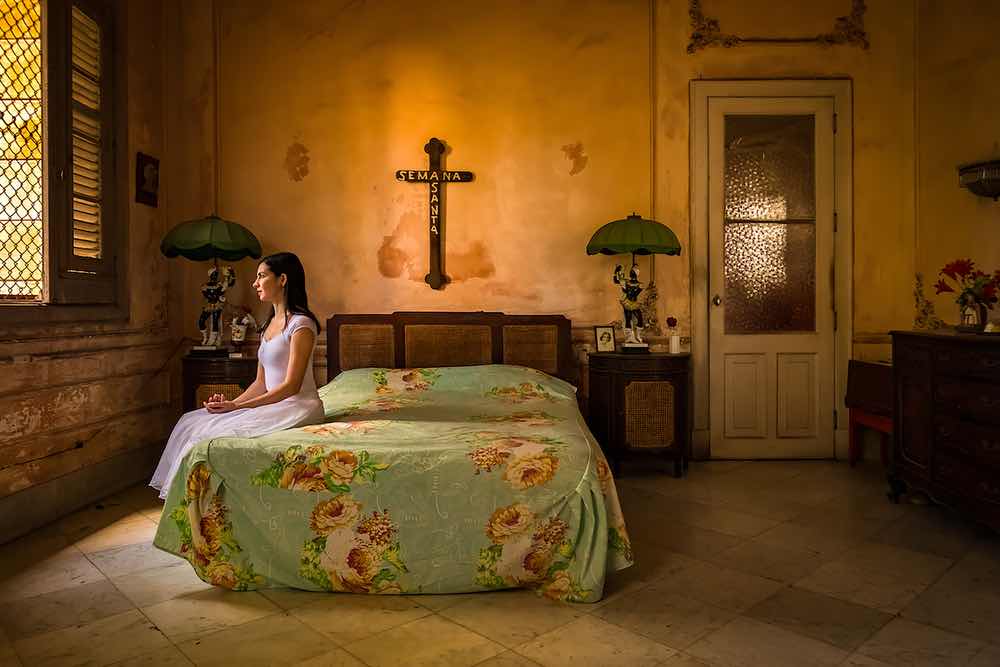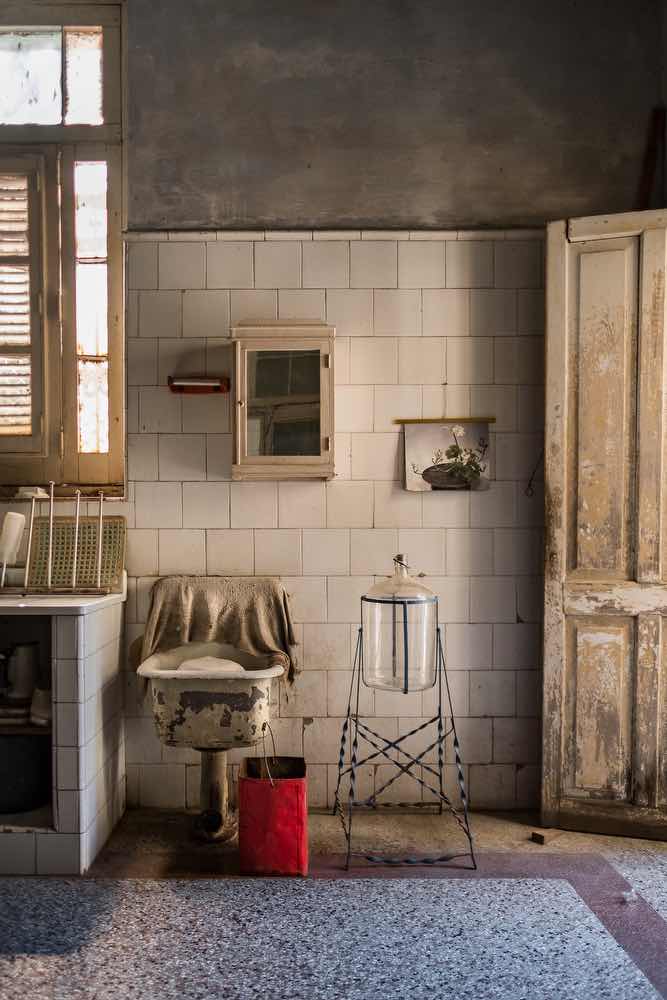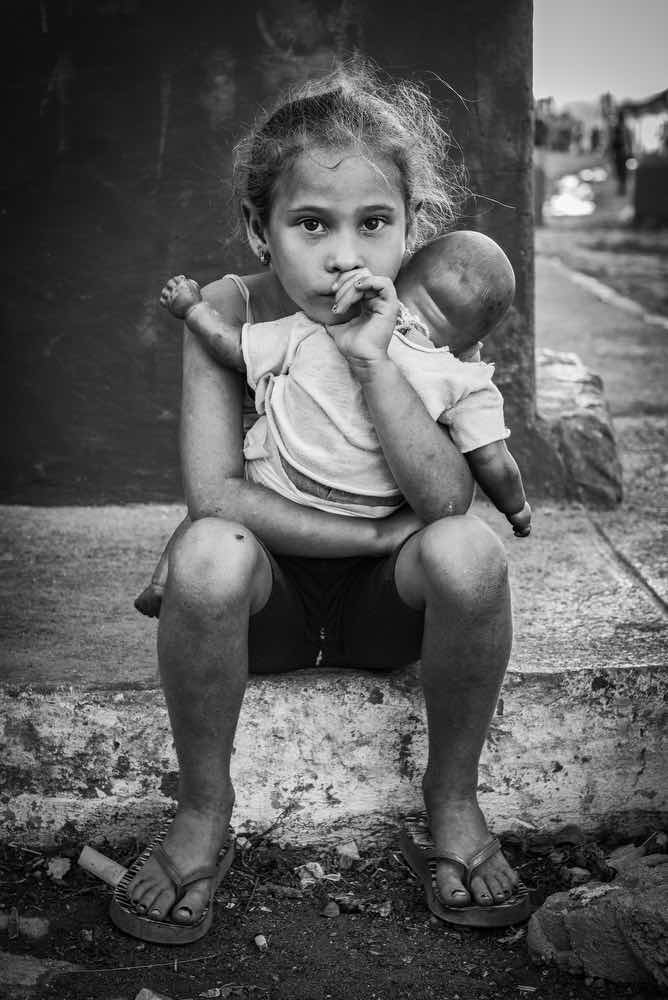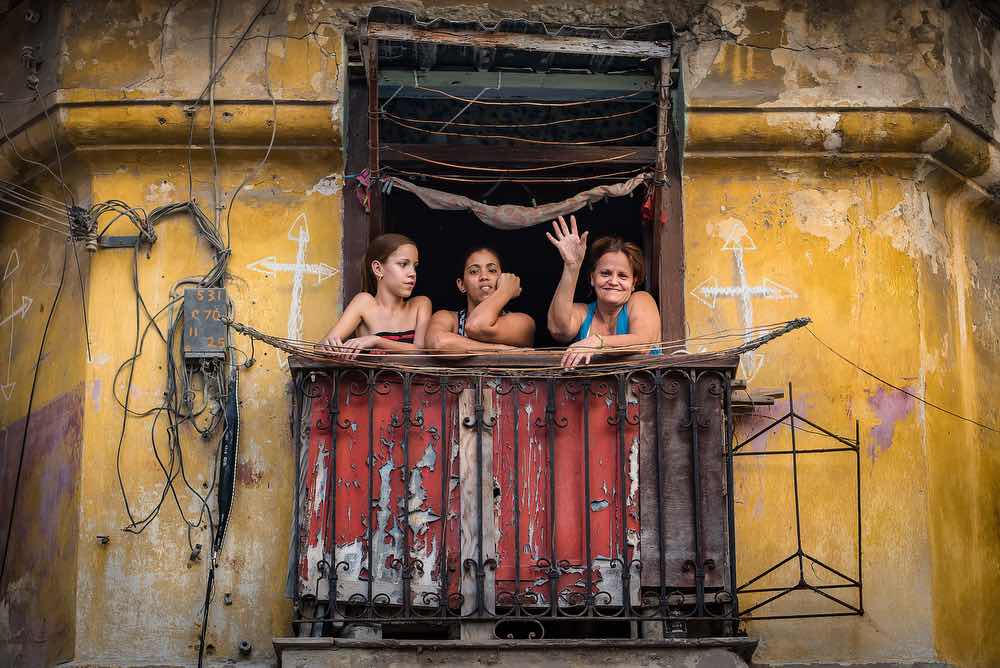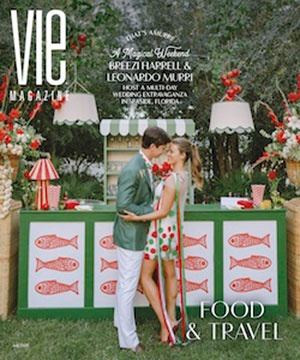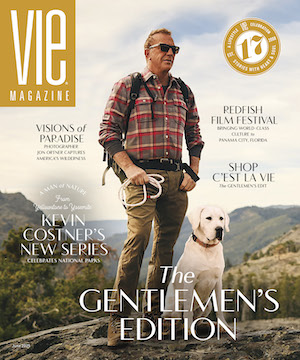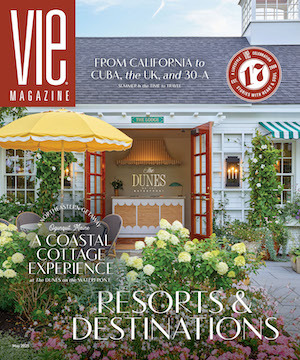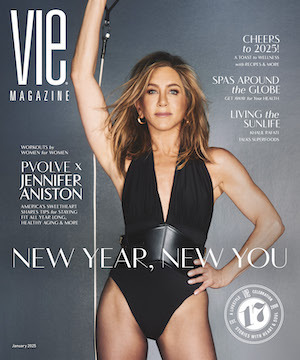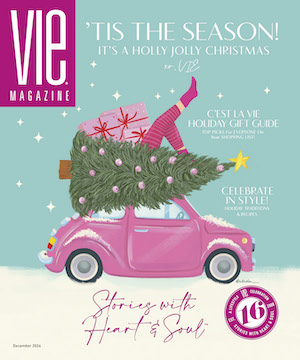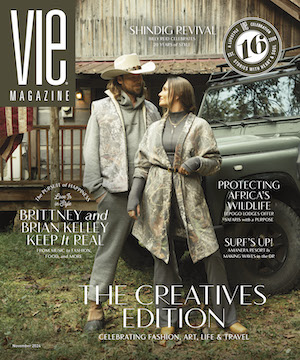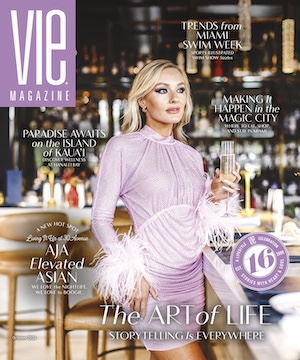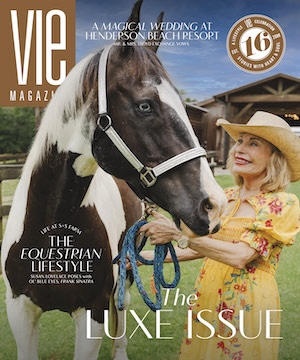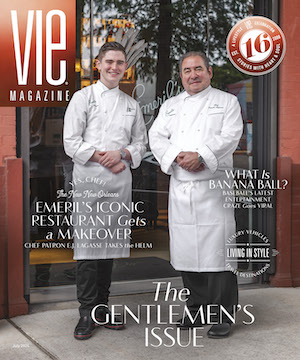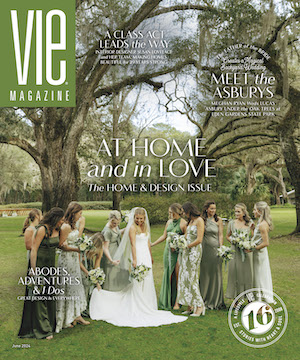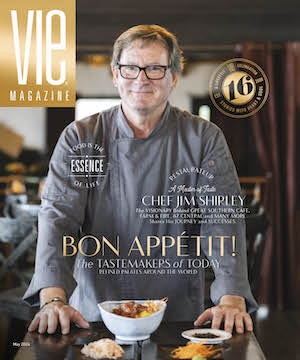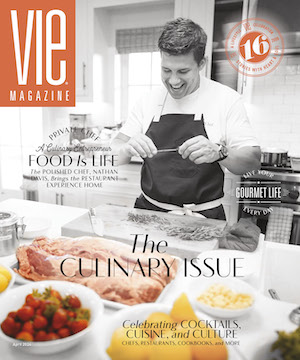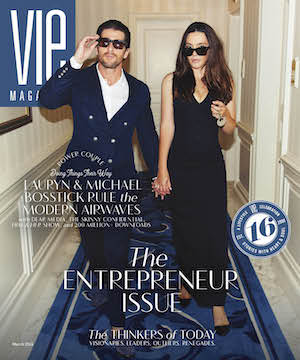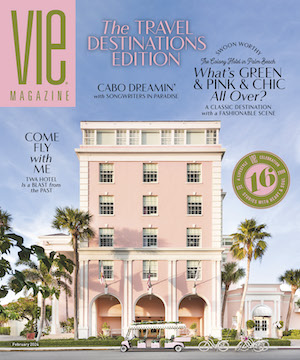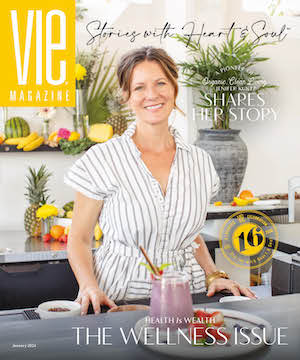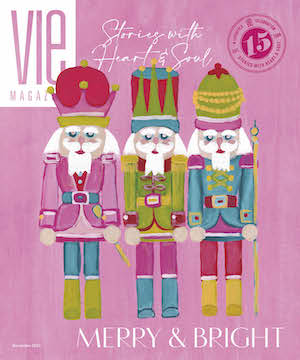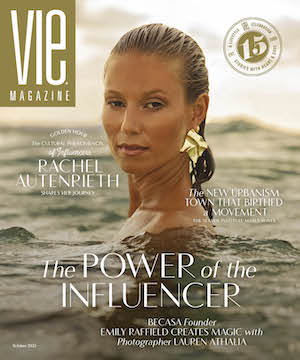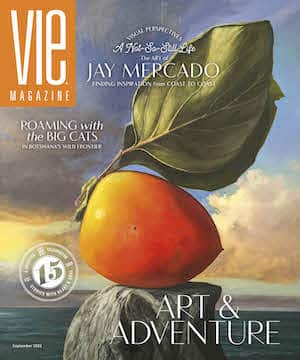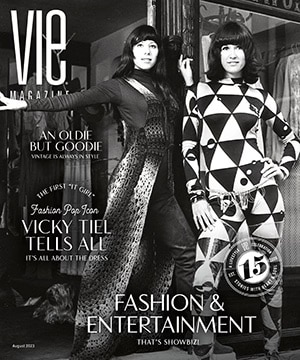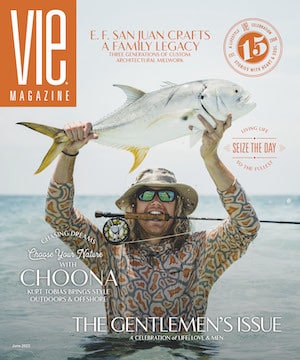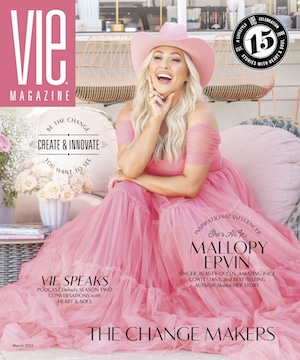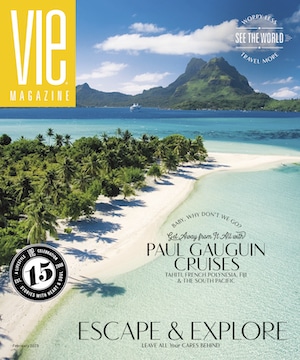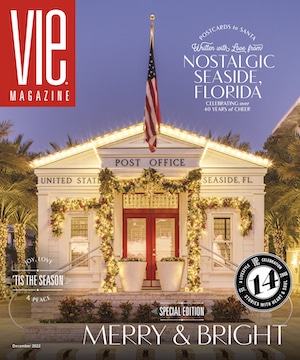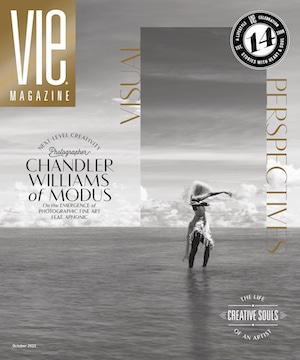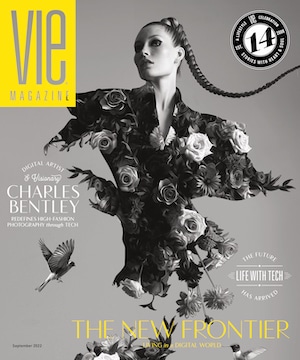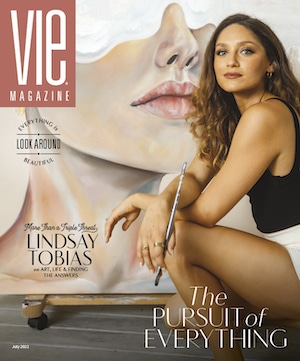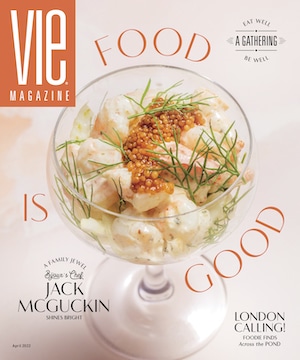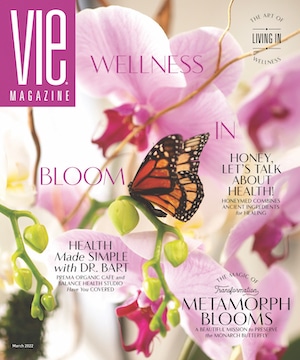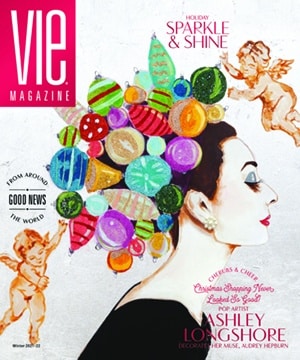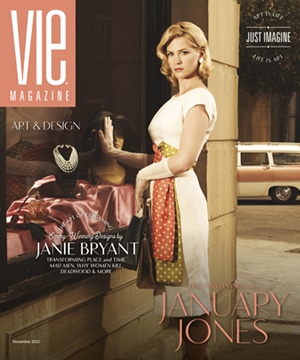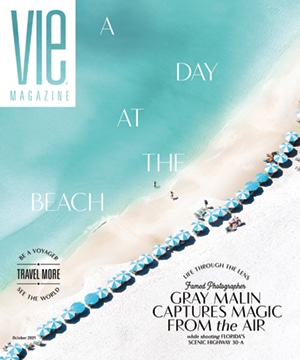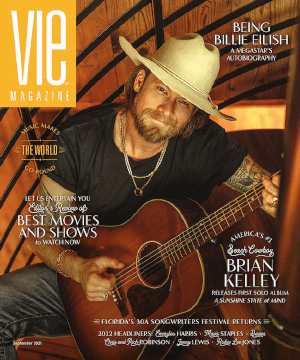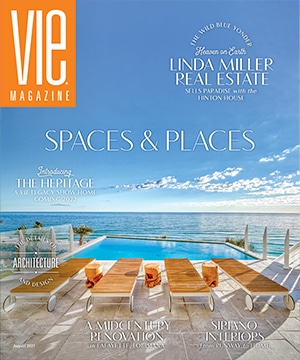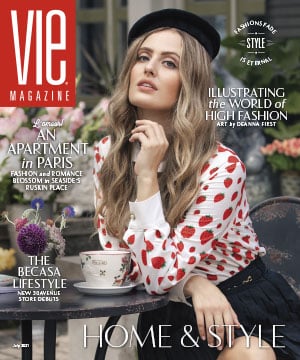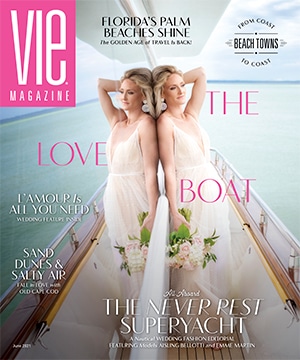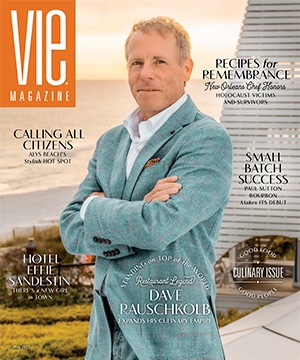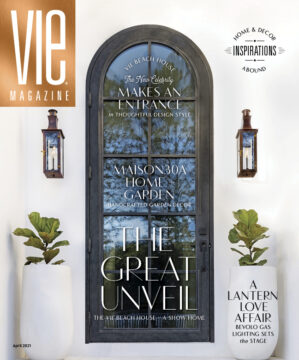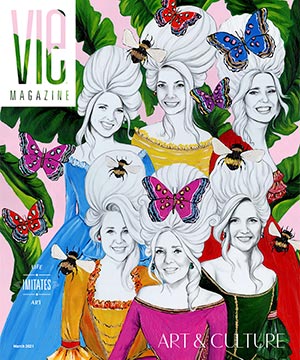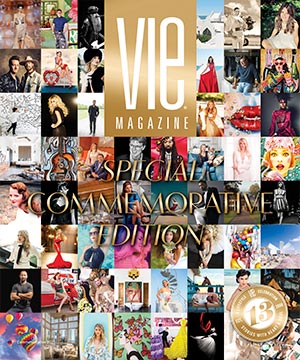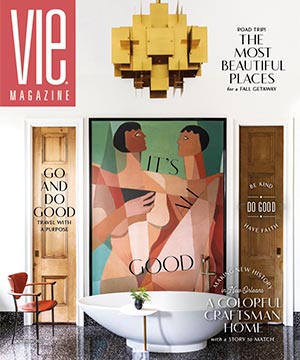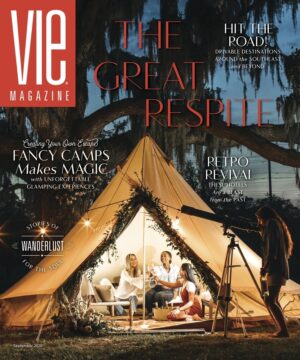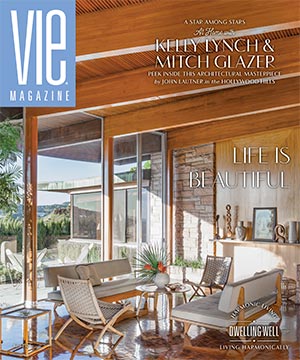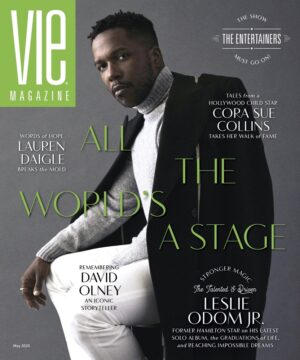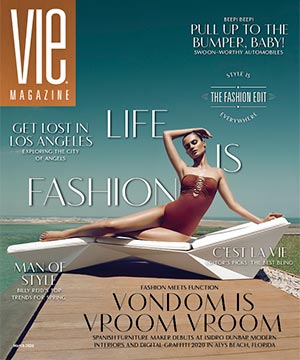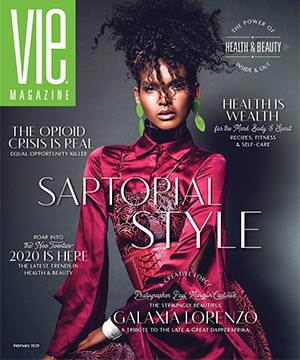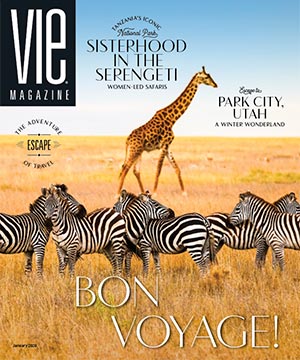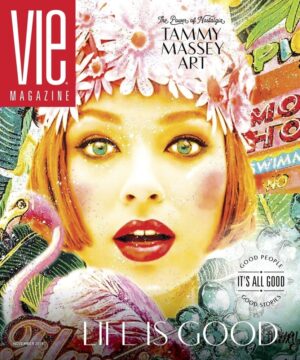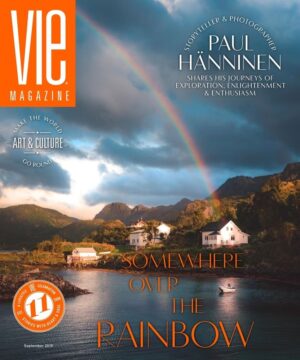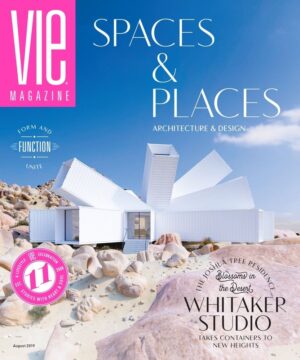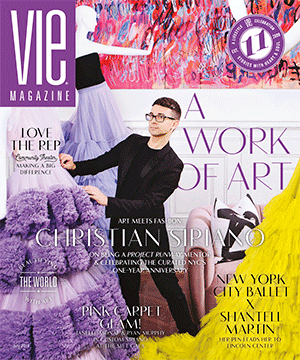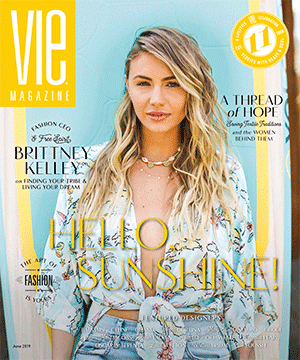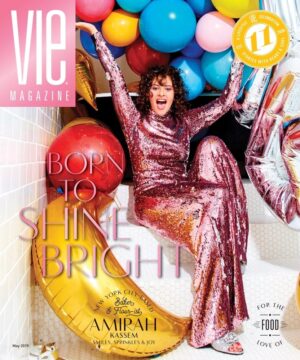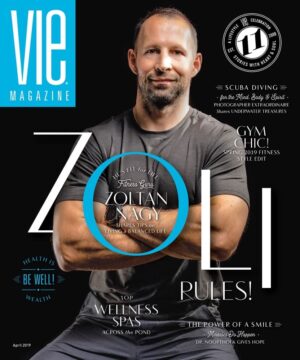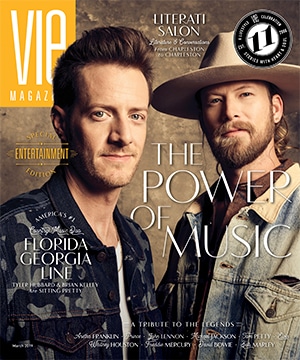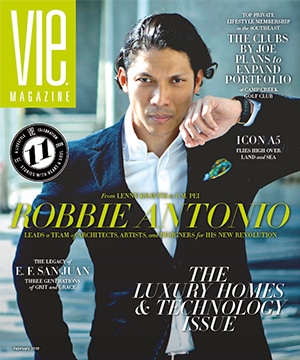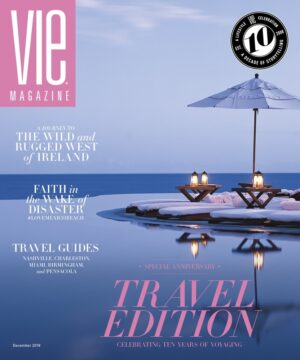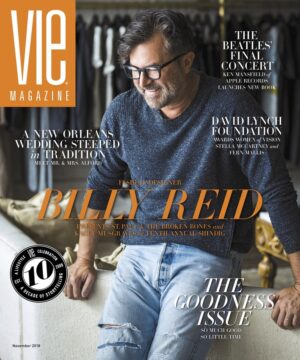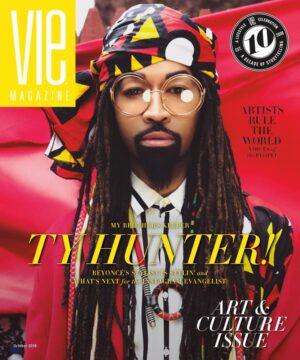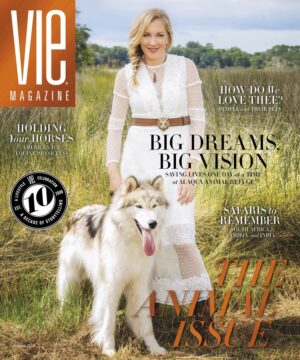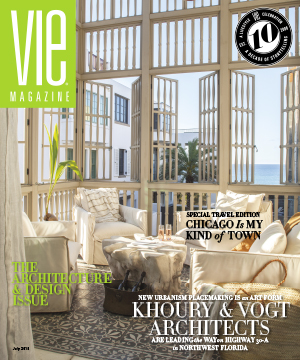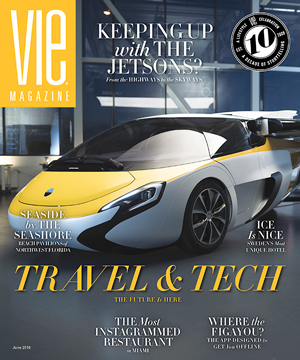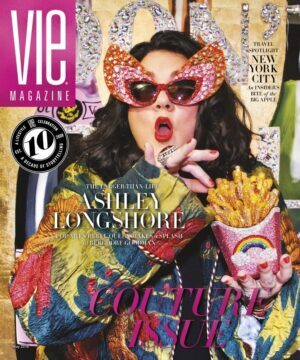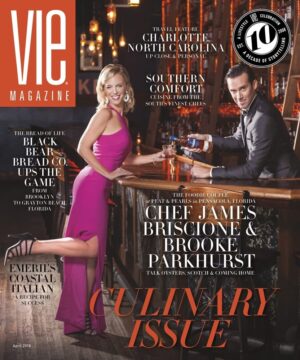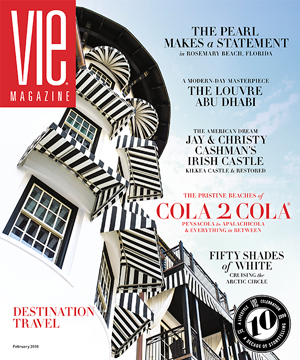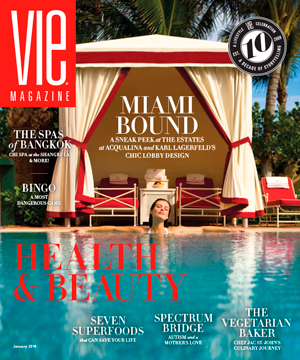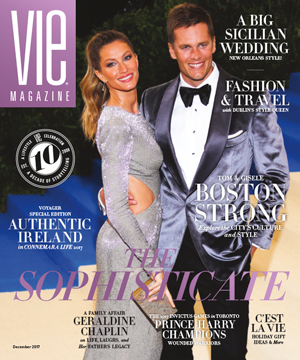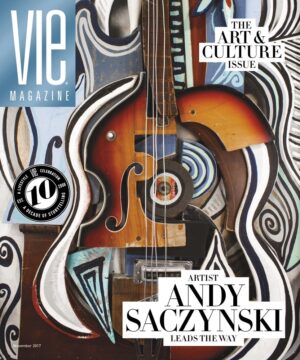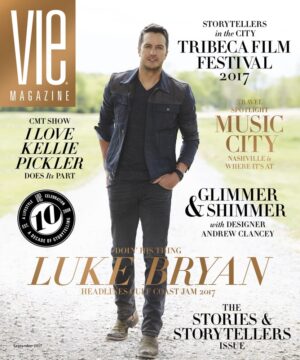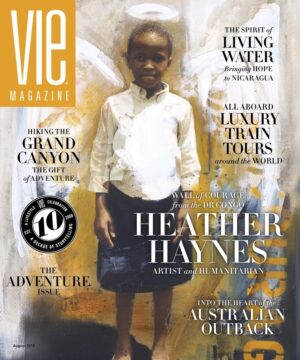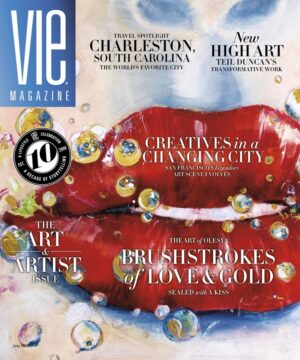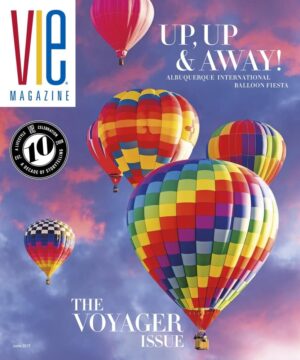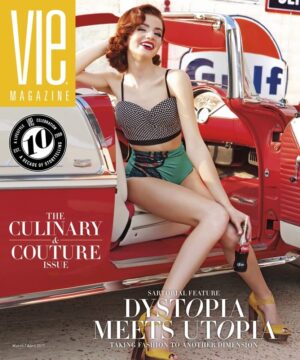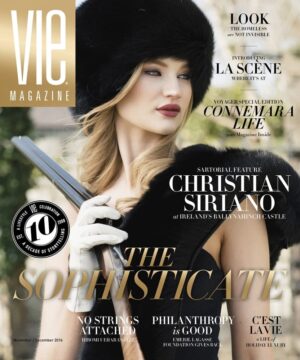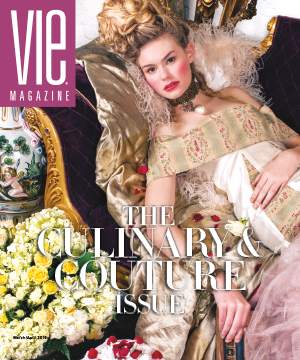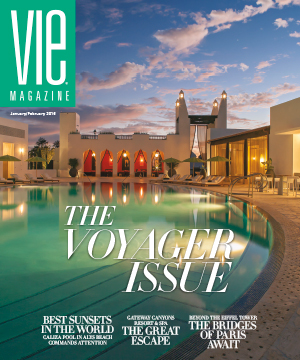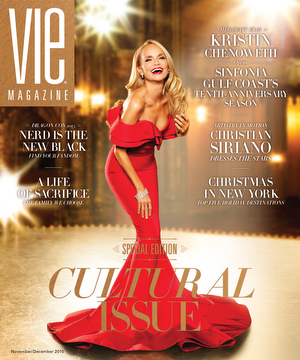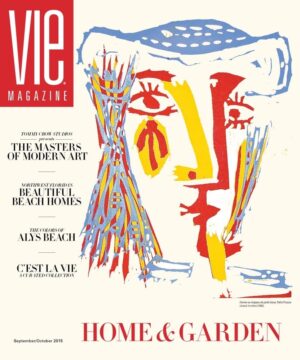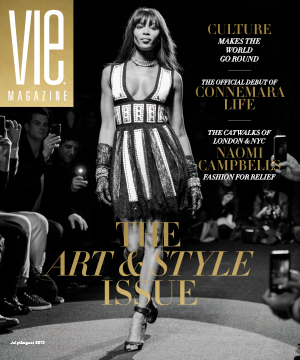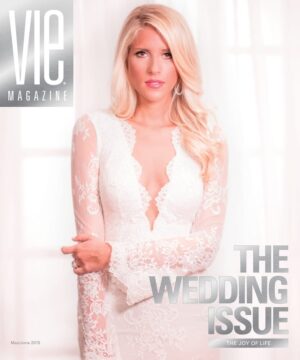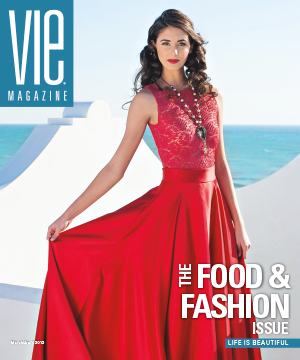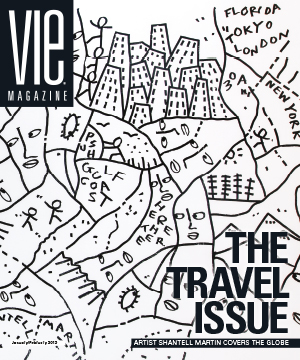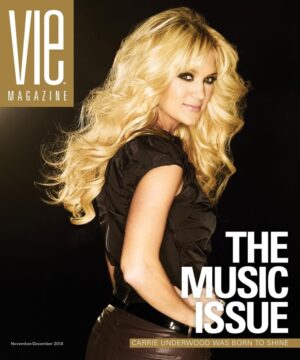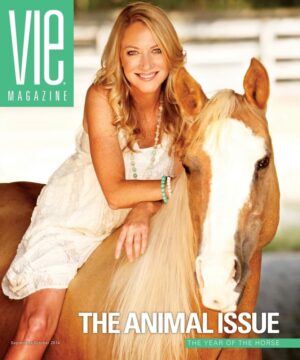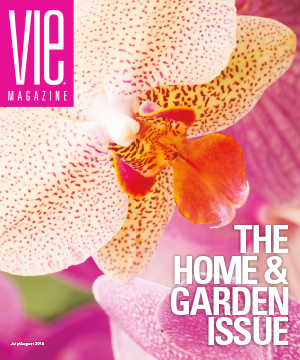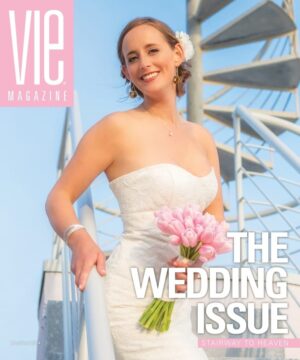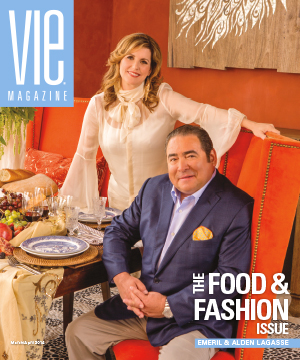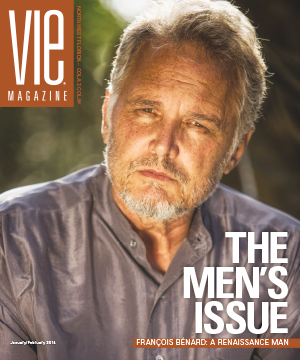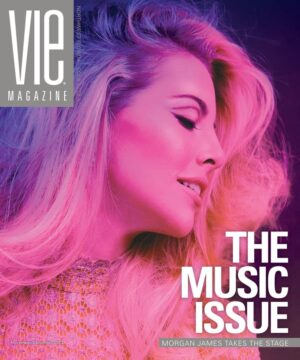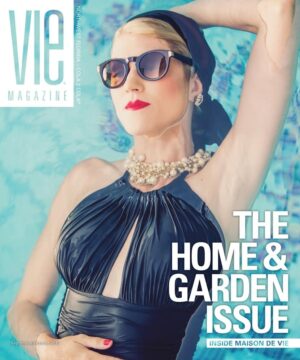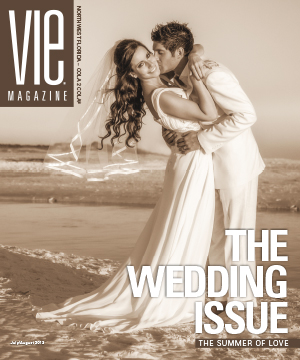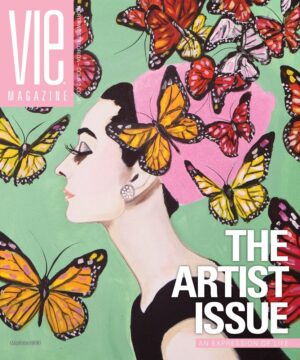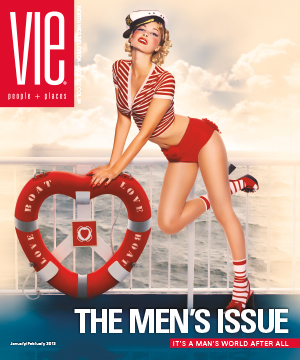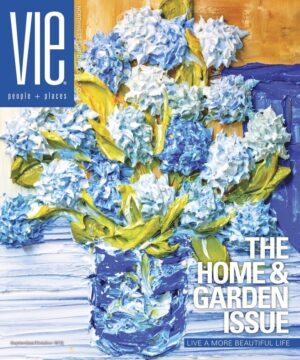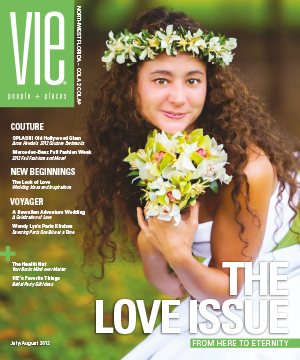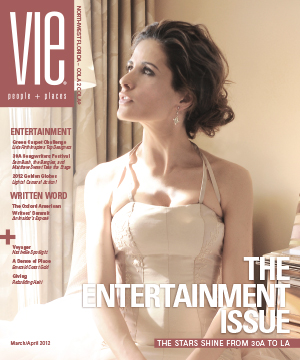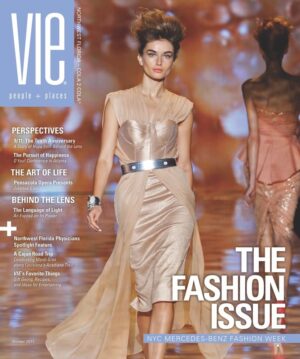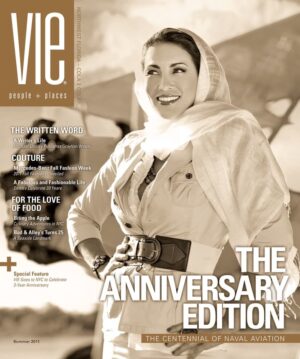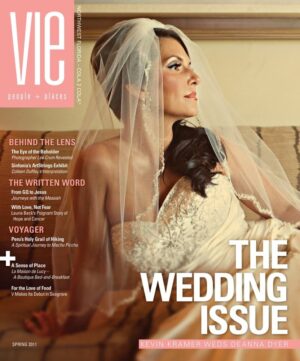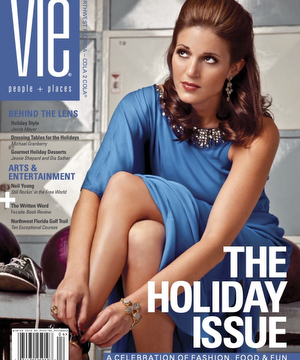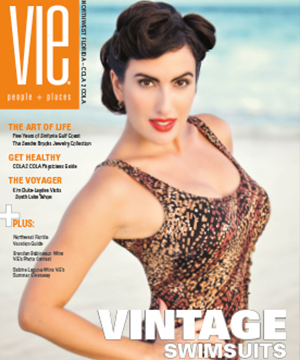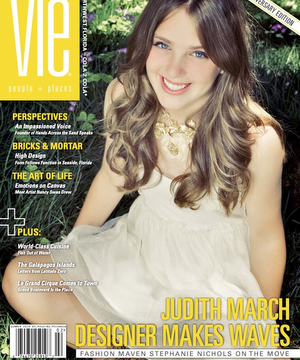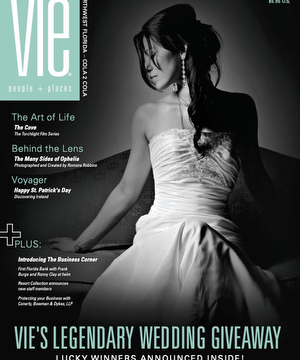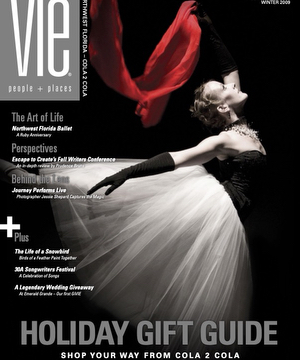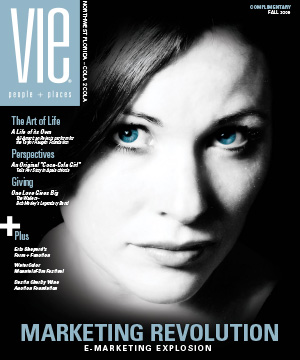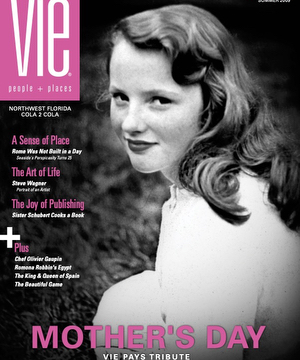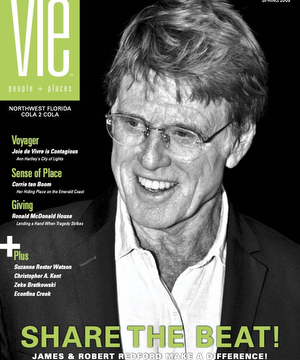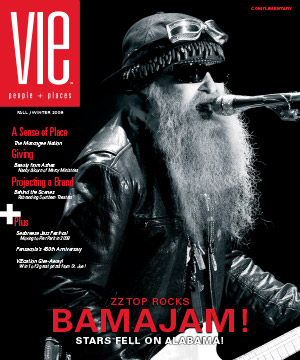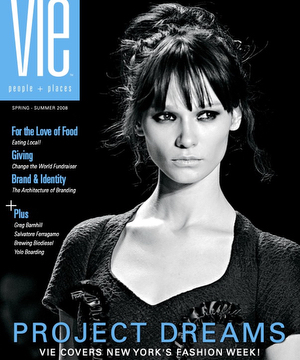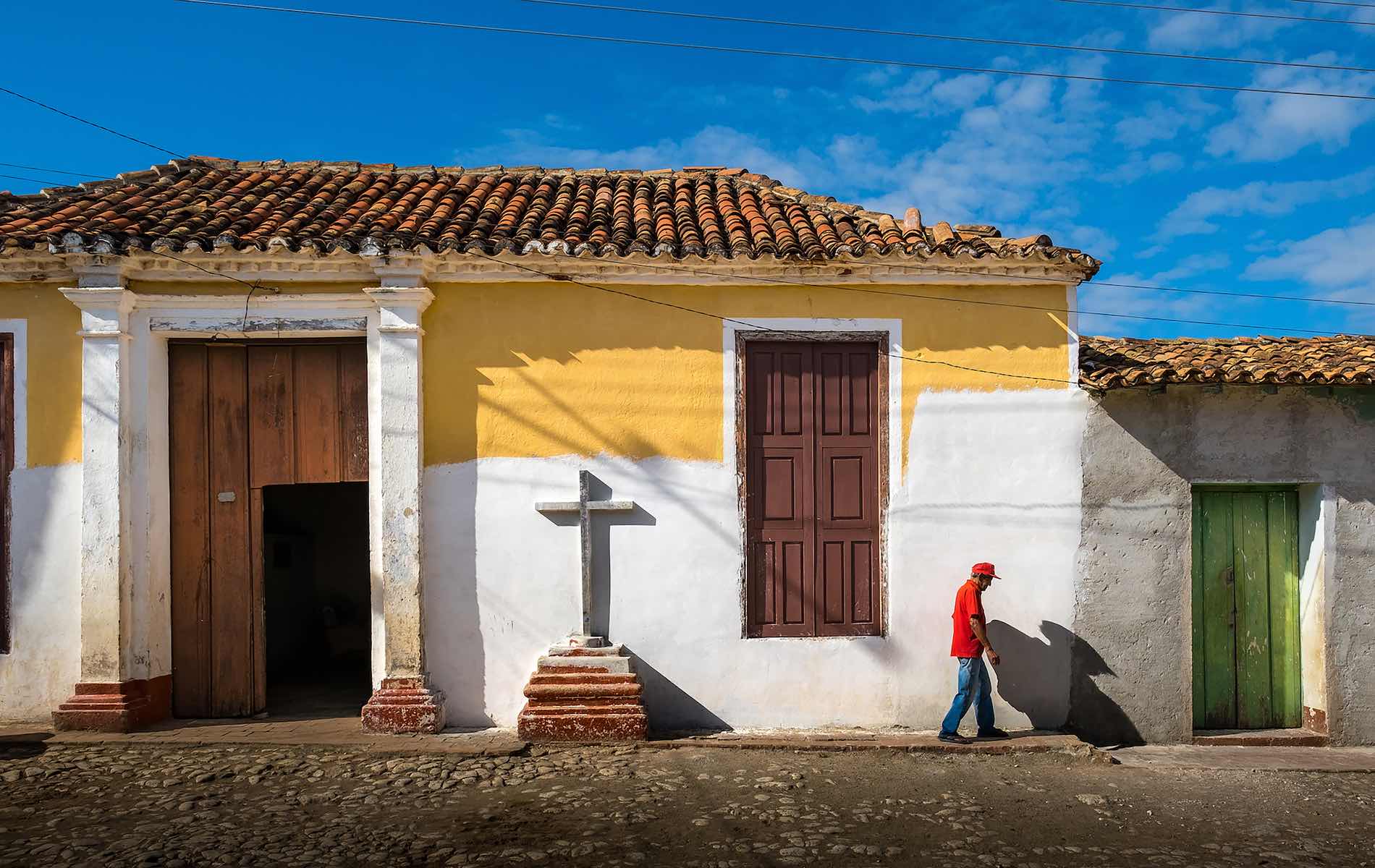
vie-magazine-vanishing-cuba-book-hero
The Man, The Cross, and The Shadow, 2019
Vanishing Cuba
May 2025
Preserving a Lost Way of Life
Interview by Jordan Staggs | Photography by Michael Chinnici
Michael Chinnici, a visual artist born in Brooklyn, New York, in the late 1950s, grew up in a creatively rich environment. His mother was a talented artist, sculptor, and painter, while his father was a jeweler who designed and crafted fine pieces, had a passion for carpentry and woodworking, and enjoyed photography. These artistic interests greatly influenced Michael from a young age as he explored various creative endeavors throughout his childhood. He painted, designed and built custom guitars, customized cars, rebuilt engines, and played in rock bands, among other hobbies.
“My love for photography began at age eleven in the basement darkroom of my parents’ house,” he recalls. “I was fortunate to have access to my father’s Nikon cameras, which allowed me to explore the craft from an early age. However, instead of pursuing photography as a profession right away, I chose to follow a creative path in design, advertising, and marketing.”
While pursuing his university education in design and advertising with photography as a minor, Chinnici says he hoped to be a creative director in an ad agency, with photography as a personal passion rather than a profession. By the age of twenty-two, he established his first design studio, which evolved into a full-service ad agency by the time he turned thirty. At thirty-seven, he launched Icon Digital, New York’s first digital photo studio, as a natural extension of his creative ventures. “The ad agency had grown to about sixty employees when I sold it in 2000 to pursue photography and photo-centric travel,” Chinnici shares.
That’s when his hobby evolved into a creative career designed around pursuing his passion and telling unique stories. “This evolution wasn’t something I mapped out from the beginning, but photography was always there, waiting for the right moment to take center stage in my life. Now, it’s at the heart of everything I do—whether through capturing powerful visual stories, curating books, or leading photography adventures around the world.”
We were thrilled to learn about Chinnici’s stunning new photography book, Vanishing Cuba, and to catch up with him to talk about its origins, his vision, and where he hopes to travel next.
VIE: How would you describe your style of photography? What draws you to this type of work?
Michael Chinnici: I’ve explored and studied many forms of photography, never confining myself to just one—whether it’s street, commercial, studio, landscape, or photojournalism. A camera is simply a tool, and while mastering every genre is nearly impossible, I believe in pushing creative boundaries and embracing a diverse approach.
At the heart of my photography is storytelling and emotion. The most powerful images evoke a feeling and speak for themselves. A strong sense of aesthetics is equally essential—simplicity, balance, and intention all play a role in creating compelling photographs.
I’m particularly drawn to documentary photography and environmental portraits, where storytelling takes center stage. While a backstory can enhance an image, the best photographs don’t need words to convey their message. While I appreciate the beauty of landscapes, sunrises, and sunsets, they often lack a unique narrative. These scenes are captured endlessly and can be replicated by anyone standing in the same spot. However, a documentary image—like that of a seventh-generation Icelandic rancher tending to his horses—tells a deeper, more personal story that can’t easily be repeated. It’s these moments, rich with authenticity and meaning, that truly inspire my work.
VIE: What inspired you to create your gorgeous new book, Vanishing Cuba?
MC: First, thank you for the kind words! For years, people encouraged me to create a book on Cuba, but my response was always the same: “When I find a few free months.” If it hadn’t been for the unexpected downtime during COVID, Vanishing Cuba might have remained just an idea for several more years.
One day, I finally decided to take a serious look at the project. I spent the next month reviewing thousands of images from my twenty-four trips to Cuba (a number that has now exceeded forty). As I curated the photos, revisited my notes, and relived the stories behind each moment, I began to see the book take shape in my mind. That was it—I was committed. “When do we print?” I joked.
Of course, the journey was just beginning. Having never published a book before, I soon realized the immense challenge ahead—figuring out how to bring this vision to life. It was a learning experience, but one I embraced wholeheartedly.
VIE: How did you team up with Red Octopus Publishing and decide to create multiple editions?
MC: I never intended to work with a traditional publisher. Maintaining complete creative control was essential to me, and no publisher would have invested the level of resources I did to produce Vanishing Cuba. Publishers follow a formula, and their budgets would have been significantly lower than what I envisioned for this project. In that sense, Vanishing Cuba became a passion project rather than a commercial venture.
The book is entirely self-published, and partnering with Red Octopus Publishing was a natural fit—because I created it. I took my marketing consulting company, Red Octopus, and expanded it into a publishing division. It made far more sense to publish under this brand than my name.
As for creating multiple editions—why not? With my background in the print industry from my ad agency days, I knew we could produce different editions while making the numbers work.
• The Silver Edition is the standard version—though nothing about it is standard. It’s a high-quality production with no expense spared, made possible by printing in larger quantities to keep costs manageable.
• The Deluxe Edition is a slipcased, signed, and numbered edition, limited to 500 copies. It’s an elegant collector’s piece and makes an impressive gift.
• The Reserve Edition is the ultimate collector’s edition, produced in limited numbers. It features a unique book design, a handcrafted clamshell box, three signed and numbered prints, and a certificate of authenticity—every detail is meticulously crafted.
What truly sets Vanishing Cuba apart is the printing process. This is not a standard four-color, six-color, or digitally printed book. It’s an eleven-color masterpiece, offset printed on ultra-high-quality Italian paper using stochastic separations. That’s why the Silver Edition weighs nine pounds and the Reserve Edition eleven pounds. It’s one of the most exquisitely printed photography books ever produced. You can read more about the printing process on VanishingCuba.com.
VIE: You have traveled the world, capturing it through your lens. What makes Cuba so unique?
MC: Cuba’s decades of isolation have made it truly unique—a place that once felt like an absolute time warp. Though that is gradually changing, the essence of Vanishing Cuba lies in capturing what remains of this fading world.
What sets Cuba apart most, in my eyes, is its people and culture. There’s something incredibly special about Cubans—kind, generous, unassuming, and refreshingly authentic. They are open to having their lives documented in a way that is rare, especially in today’s modernized world. While you often find this openness in poorer societies, Cuba is different because its people are remarkably intelligent and well-educated.
Beyond the people, Cuba offers a visual feast unlike any other. Its stunning yet crumbling architecture, iconic classic American cars—many held together by ingenuity alone—outdated manufacturing techniques, and an old-world service industry all create photographic opportunities that simply don’t exist anywhere else.
VIE: How does it feel when you see your work or book displayed in someone’s home?
MC: Seeing my work displayed in someone’s home or office is an incredible feeling. I love it when people send me photos of Vanishing Cuba in their spaces. It’s a deeply personal book, filled with passion and a piece of my life, so knowing it resonates with others in such a meaningful way is truly rewarding.
Many have told me that after reading and viewing the book, they feel as if they’ve traveled to Cuba themselves. One recent comment that stood out was, “The pictures are marvelous, and in many cases, it feels as though you can walk right into them.”
Perhaps the most powerful responses have come from Cubans and Cuban exiles. Some have cried with joy, telling me I made their country look and feel more beautiful than they ever realized. Others have been moved to tears by its raw authenticity. A Cuban friend once told me, “Michael, I walk these streets every day, but I’ve learned to tune it all out. You opened my eyes to a sadness I try to forget.” Moments like these remind me of the profound power of photography—to capture, to reveal, and to stir deep emotions in ways words sometimes cannot.
The launch of Vanishing Cuba was met with incredible excitement—from the photography community, my peers, and friends around the world. To date, more than thirty-five articles have been written about the book, and it has been added to the library collections of every Ivy League university and many of the world’s most prestigious libraries, including Oxford, Cambridge, The Getty Center, and more. Sales have exceeded expectations, and we anticipate selling out within the next year.
Holding the book in my hands is always a special experience. I hand-assemble the Reserve Edition collector’s books. I personally handle the prints, sign and seal the certificates of authenticity, and prepare each edition with care. Because of this, I interact with the book often, yet I have yet to sit down and re-read it from start to finish since it first came off the press. One day soon, I’ll revisit it with fresh eyes.
VIE: How do you think photography tells stories in a different way than painting, drawing, or video? What do you love about telling stories this way?
MC: A photograph is a raw, frozen moment in time—captured with authenticity, whether on film or digitally. It preserves reality in a way that no other medium can, allowing the viewer to step into a fleeting instant and experience it as it was.
A painting or drawing, while also a still image, is an interpretation of reality shaped entirely by the artist’s vision. They allow for vast creative freedom—exaggeration, simplification, or even complete reinvention of the subject matter. Video, on the other hand, is a completely different storytelling medium. It unfolds over time, providing a fuller, more immersive narrative. It engages the senses differently, incorporating movement, sound, and pacing, which adds to its entertainment value and depth.
What I love about photography is its honesty. In Vanishing Cuba, every image is authentic—none are manipulated. The only adjustments made are the standard enhancements in Lightroom, as any professional photographer would do in the editing process. There’s only one photo in the entire book taken with a strobe flash. Everything else is captured as it was, in natural light, preserving the truth of the moment. That’s the power of photography—it doesn’t just tell a story; it freezes reality, allowing it to be relived again and again.
VIE: What advice would you give someone visiting Cuba for the first time?
MC: Keep an open mind and embrace the experience—it’s unlike anywhere else you’ve ever been. Visiting Cuba is more than just a trip; it’s an adventure, full of unexpected moments that make it both challenging and unforgettable. Things don’t always run smoothly—power outages, transportation delays, or limited resources can happen—but that’s all part of the authentic Cuban experience. If you go with the right mindset, you’ll find beauty in the imperfections and appreciate the resilience, warmth, and ingenuity of the Cuban people.
If you’re an American traveler, be sure to follow the U.S. Treasury Department’s OFAC regulations for legal travel to Cuba. It’s a common misconception that travel there is complicated or restricted, but as long as you comply with the guidelines, you’ll be just fine. Many also assume Cuba is dangerous, but in reality, it’s one of the safest countries in the Western Hemisphere. Violent crime is rare, and visitors often remark on how safe they feel walking the streets, even at night.
To make the most of your visit, immerse yourself in the culture. Stay in casas particulares(private homes) instead of hotels, engage with locals, and explore beyond Havana—there’s so much more to Cuba than its capital. Be present, embrace the slower pace of life, and let Cuba reveal itself to you in its own unique way.
VIE: What’s coming up next for you in 2025?
MC: I’m currently working on my next book, though I haven’t officially announced the details yet. The early phases of book creation—curating, editing, and designing—are just as exciting as they are challenging. It’s a meticulous process, but one that I truly enjoy as I shape the visual storytelling into something meaningful.
On the travel front, I have several incredible photography adventures lined up. In addition to leading workshops in Italy and across Europe, I’ll be traveling to Romania, Angola, Rajasthan (India), and the Azores. And, of course, I’ll be returning to Cuba multiple times throughout the year. If you’ve ever wanted to experience these destinations through a photographer’s lens, I’d love for you to join me on one of these journeys!
— V —
All three editions of Vanishing Cuba by Michael Chinnici and Cuba Photo Tours can be purchased at VanishingCuba.com. Follow @michaelchinnici on Instagram and visit MichaelChinnici.com for more photos, projects, and travel news. Learn more about Photo Workshop Adventures, offering over 106 photo and cultural tours in over 43 countries, at PhotoWorkshopAdventures.com and @photoworkshopadventures.
Share This Story!
KEEP UP WITH THE LATEST STORIES FROM VIE
